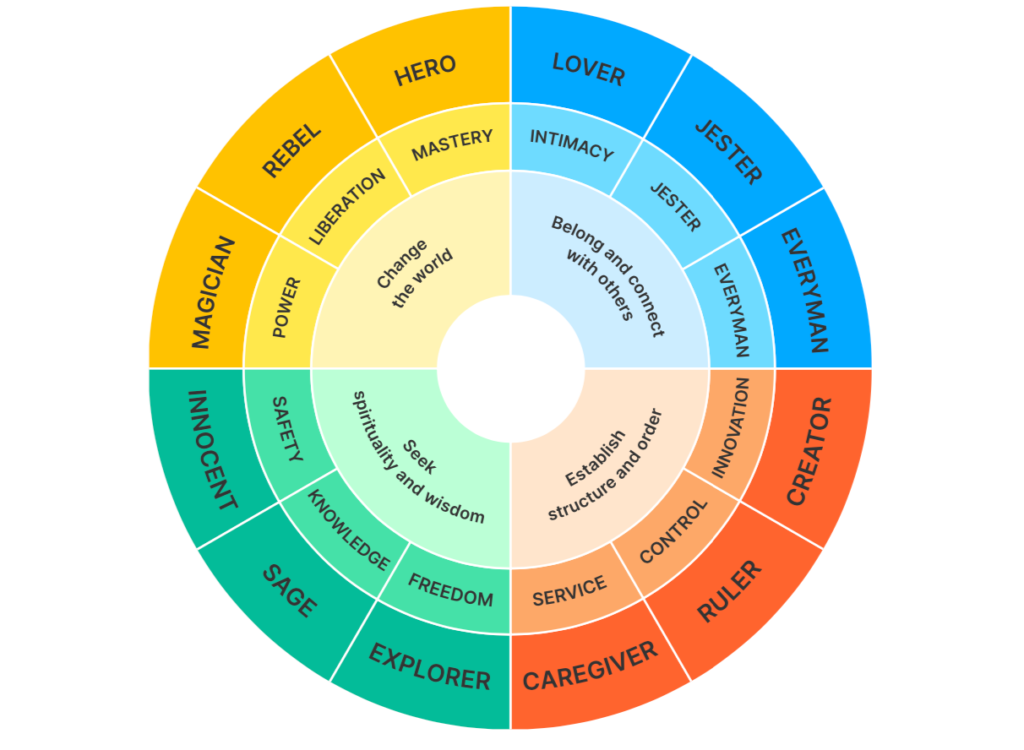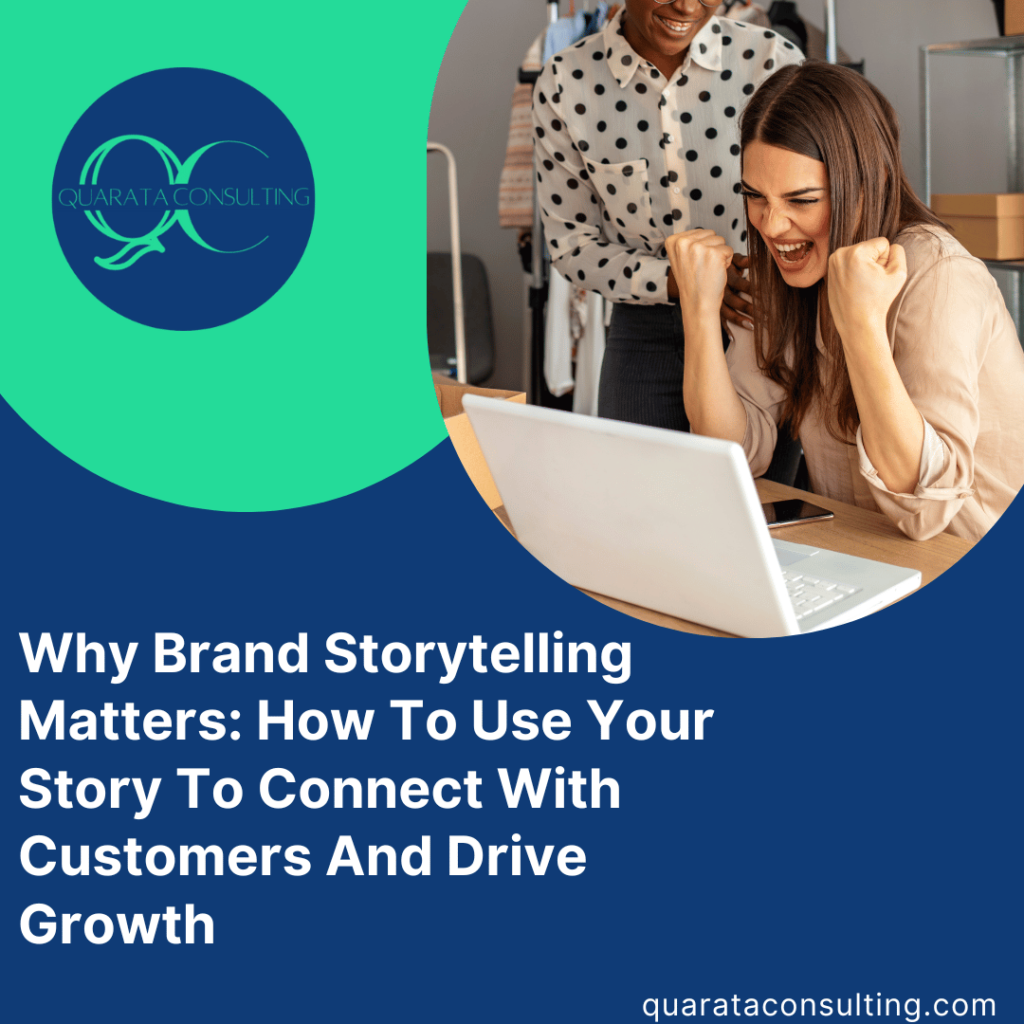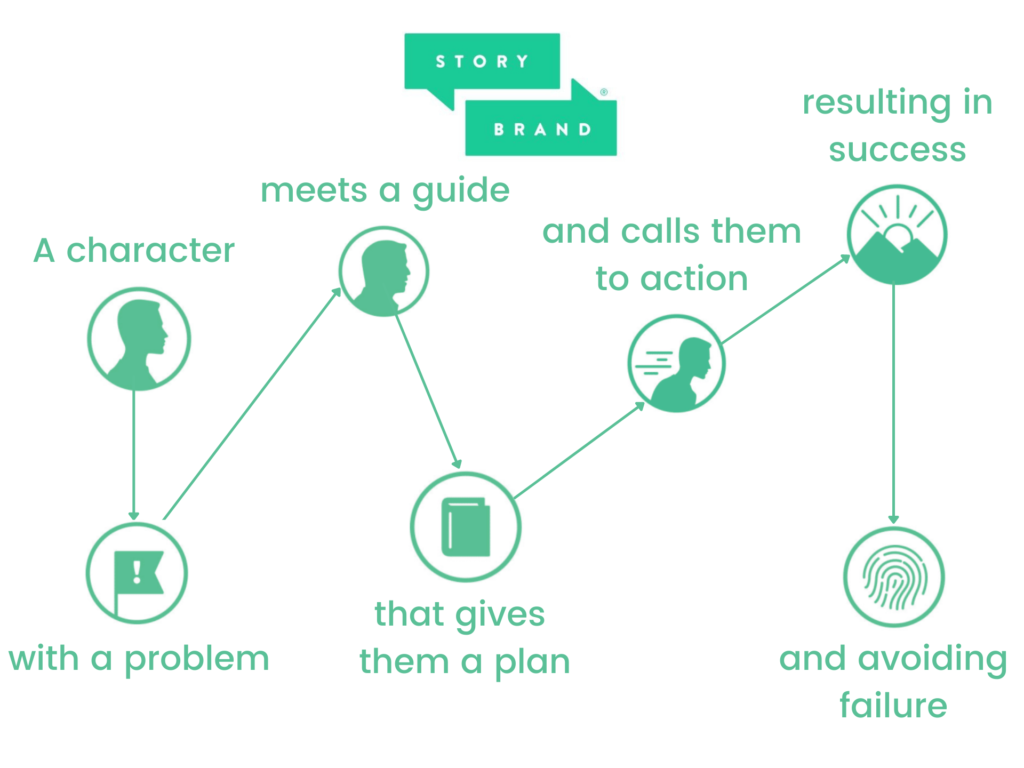Why Brand Storytelling Matters: How to Use Your Story to Connect with Customers and Drive Growth
In the world of digital marketing, there’s no doubt that content is king. But it’s not just any content that will capture the attention of your target audience and drive growth for your brand. Storytelling has become an increasingly popular and effective way for businesses to connect with customers on a deeper level. By sharing your brand’s unique story, you can create an emotional connection with your audience that goes beyond just selling a product or service. But what exactly is brand storytelling, and why does it matter? In this article, we’ll explore the power of storytelling for businesses, and provide you with tips on how to use your own brand’s story to engage with customers and drive growth. Whether you’re a startup just getting off the ground or a well-established brand looking to revamp your marketing strategy, this guide will help you harness the power of storytelling to strengthen your brand and connect with your customers in a meaningful way.
What is brand storytelling?
Brand storytelling is the art of using a narrative to connect with customers and create an emotional attachment to a brand. It’s the process of taking your brand’s history, values, and mission and crafting it into a compelling story that resonates with your audience. A brand story should be authentic, meaningful, and relevant to your target audience. It’s not just about promoting a product or service, but about creating a relationship with your customers that goes beyond the transactional.
Brand storytelling can take many forms, from a simple tagline to a full-blown marketing campaign. It can be told through text, images, videos, or any other medium that resonates with your target audience. The key is to create a story that is memorable, emotionally resonant, and distinctive to your brand.
The importance of brand storytelling
Brand storytelling is important because it helps businesses differentiate themselves from their competitors. In a crowded market, it’s easy for brands to get lost in the noise. But by telling a compelling story that resonates with customers, you can stand out from the competition and create a lasting impression.
At the heart of brand storytelling is the idea of emotional connection. Customers are more likely to do business with a brand that they feel an emotional connection to. By telling a story that resonates with your audience, you can create a deeper level of engagement and loyalty. This emotional connection can lead to increased customer retention, word-of-mouth referrals, and ultimately, growth for your business.
How storytelling can help businesses connect with customers
Storytelling is a powerful tool for businesses looking to connect with customers. By telling a story that resonates with your audience, you can create an emotional connection that goes beyond just selling a product or service. A good story can help customers understand your brand’s values and mission, and create a shared sense of purpose.
One way that businesses can use storytelling to connect with customers is by creating a hero’s journey. The hero’s journey is a storytelling framework that has been used for centuries to create compelling narratives. It involves taking the reader on a journey of transformation, where the hero faces challenges, overcomes obstacles, and ultimately emerges victorious. By positioning your brand as the hero of the story, you can create a sense of empowerment and inspire your customers to take action.
Another way that businesses can use storytelling to connect with customers is by tapping into their emotions. Emotions are a powerful motivator, and by creating a story that triggers a strong emotional response, you can create a deeper level of engagement with your audience. This emotional connection can lead to increased loyalty and advocacy for your brand.
The psychology behind brand storytelling
The power of brand storytelling lies in its ability to tap into the psychology of human behavior. Humans are hardwired to respond to stories. From an evolutionary perspective, stories have helped us make sense of the world around us and understand our place in it.
When we hear a story, our brains release oxytocin, a hormone that is associated with social bonding and trust. This chemical reaction makes us more receptive to the information we’re receiving, and more likely to remember it. By telling a story that resonates with your audience, you can create a lasting impression that goes beyond just the transactional.
Elements of a compelling brand story
A compelling brand story should have several key elements. First and foremost, it should be authentic. Your brand story should be based on your company’s history, values, and mission. It should be something that is true to your brand and resonates with your audience.
Another important element of a compelling brand story is emotion. Your story should trigger an emotional response in your audience. This emotional connection can lead to increased loyalty and advocacy for your brand.
Your brand story should also be relevant to your target audience. It should speak to their needs, wants, and desires. By creating a story that is relevant to your audience, you can create a deeper level of engagement and inspire them to take action.
How to craft your brand story
Crafting a compelling brand story takes time and effort. Here are some tips to help you get started:
1. Start with your brand’s history. Your brand’s history is a key element of your story. It’s the foundation upon which your brand was built, and can provide insights into your brand’s values and mission.
2. Define your brand’s values and mission. Your brand’s values and mission are an important part of your story. They provide a framework for your brand’s narrative and can help you create a sense of purpose.
3. Identify your audience. Understanding your audience is crucial to crafting a compelling brand story. You need to know who you’re speaking to in order to create a story that resonates with them.
4. Determine your brand’s unique selling proposition. Your brand’s unique selling proposition is what sets you apart from your competitors. It’s what makes you unique and differentiates you from the crowd.
5. Craft a narrative. Once you have all the elements in place, it’s time to craft your narrative. Your narrative should be authentic, emotional, and relevant to your target audience.
It is also important to build your brand personality.
This must include applying human characteristics to your brand and will be based on the personalities of your customers and their preferences.
A well-defined brand personality will help you connect with your customers more deeply.
You can use the Brand Archetypes Framework below to help establish your brand personality.

Brand archetypes represent key personality types you can use to identify which personality is found among your target market.
The framework is a tool that was first developed by Carl Jung, based on 12 archetypes.
Each archetype has its own set of emotions and associations. Businesses can pick which archetype most closely matches that of their personality based on the wheel above.
You can align your brand archetype to the personality embodied by your customers. This will further strengthen your brand storytelling. You can find more information on brand archetypes in this blog post.
Let’s look at a real-life example:
GEICO, the insurance company, is one of the largest companies in the United States, helped by its brand storytelling.
By using memorable catchphrases and fun, fictional spokespeople—like the GEICO Gecko—the insurer established a brand personality and invited people to buy into its brand narrative.
Using brand storytelling in marketing and advertising
Brand storytelling can be used in a variety of marketing and advertising channels. It can be used in social media campaigns, email marketing, video marketing, and more. The key is to create a story that resonates with your audience and is consistent across all channels.
One way to use brand storytelling in marketing is through user-generated content (UGC). UGC is content created by your customers that showcases your brand. By featuring UGC in your marketing campaigns, you can create a sense of community and social proof.
Another way to use brand storytelling in marketing is through influencer marketing. Influencer marketing involves partnering with influencers who have a large following on social media. By partnering with influencers who align with your brand’s values and mission, you can leverage their audience to reach new customers and create a deeper level of engagement.
Is there a difference between content marketing and brand storytelling?
Content marketing can channel brand stories, but not all content marketing is brand storytelling.
Content marketing involves creating educational or promotional content to attract new customers, engage existing ones, and increase brand loyalty. It is just one channel for telling your brand story.
Storytelling is about how people read your message. To the business world, this translates into, “How will this product or service help me do my job better (survive) or allow my company to succeed (thrive)?”. Your story should include all the reasons you should be trusted to lead your customer to success. You must express empathy and demonstrate authority using testimonials, impressive statistics, industry certifications, etc. The key is to make them the hero of the story.
Examples of successful brand storytelling campaigns
There are many examples of successful brand storytelling campaigns. One example is Nike’s “Just Do It” campaign. The campaign was launched in 1988 and has since become one of the most iconic advertising campaigns of all time. The campaign was built around the idea of empowering athletes to push their limits and achieve their goals.
Another example is Coca-Cola’s “Share a Coke” campaign. The campaign was launched in 2011 and involved printing popular names on Coke bottles. The campaign was designed to create a sense of personalization and connection with customers.
Measuring the success of your brand storytelling efforts
Measuring the success of your brand storytelling efforts can be difficult. Unlike traditional marketing metrics, such as click-through rates and conversion rates, brand storytelling is more about creating an emotional connection with your audience. However, there are some metrics that can help you gauge the success of your brand storytelling efforts.
One metric is engagement. By measuring engagement on social media, you can get a sense of how your audience is responding to your brand’s narrative. Another metric is sentiment analysis. Sentiment analysis involves analyzing social media conversations to determine how people are feeling about your brand.
Conclusion
In conclusion, brand storytelling is a powerful tool for businesses looking to connect with customers and drive growth. By creating a compelling narrative that resonates with your audience, you can create an emotional connection that goes beyond just selling a product or service. To craft a compelling brand story, start with your brand’s history, define your brand’s values and mission, identify your audience, determine your brand’s unique selling proposition, and craft a narrative that is authentic, emotional, and relevant to your target audience. By using brand storytelling in your marketing and advertising efforts, you can create a sense of community and social proof, and ultimately, drive growth for your business.
Remember that you don’t have to solidify your brand right away. It’s ok to modify your brand as you hone your messaging. Being consistent doesn’t mean that your brand can’t evolve. You can adapt it over time if you stick to your core values.
A good tool to consider is Donald Miller’s book, Building A Story Brand.
Digital Marketing Consulting companies like us make sure to know exactly what fonts, colors, and styles to use when designing for your brand. In case you don’t yet have brand guidelines, we also direct you step by step to create one.
Call us at (719) 453-4803 or schedule a video call to tell us what you need. If you are in Colorado Springs, the coffee is on us.
We look forward to connecting with you!





 by Quarata Consulting
by Quarata Consulting